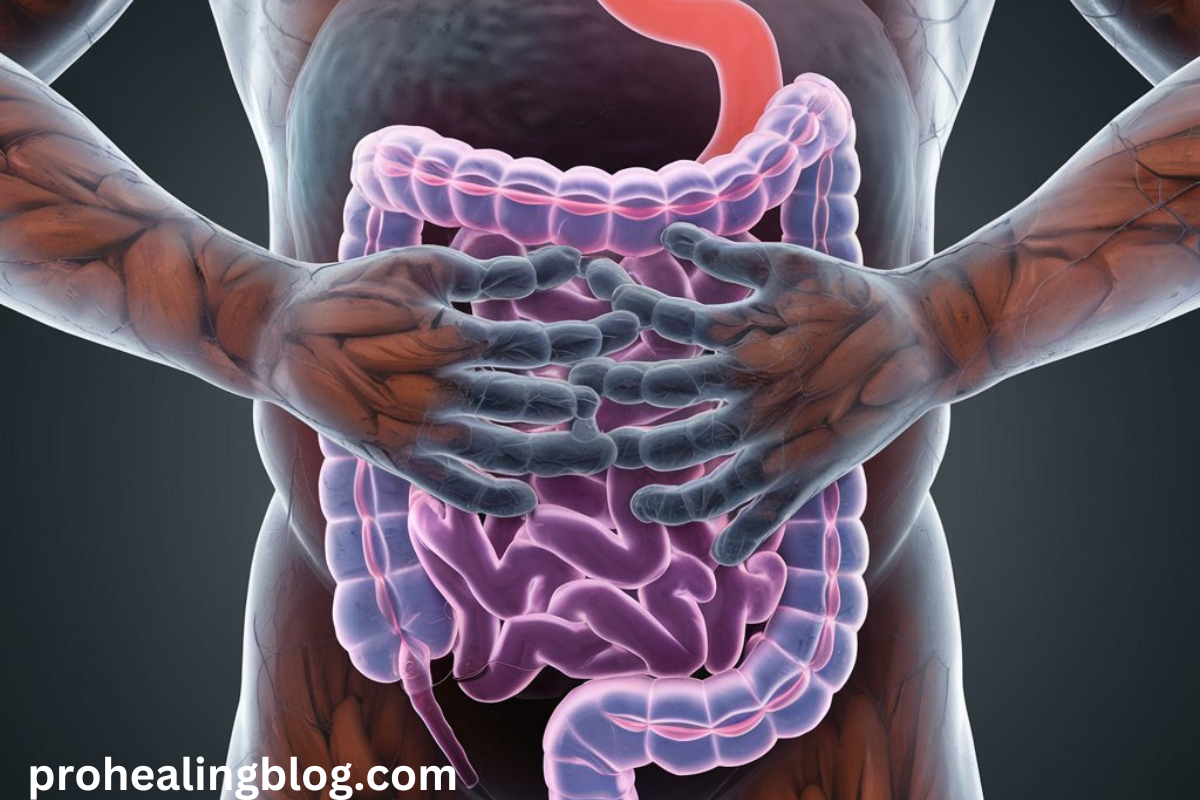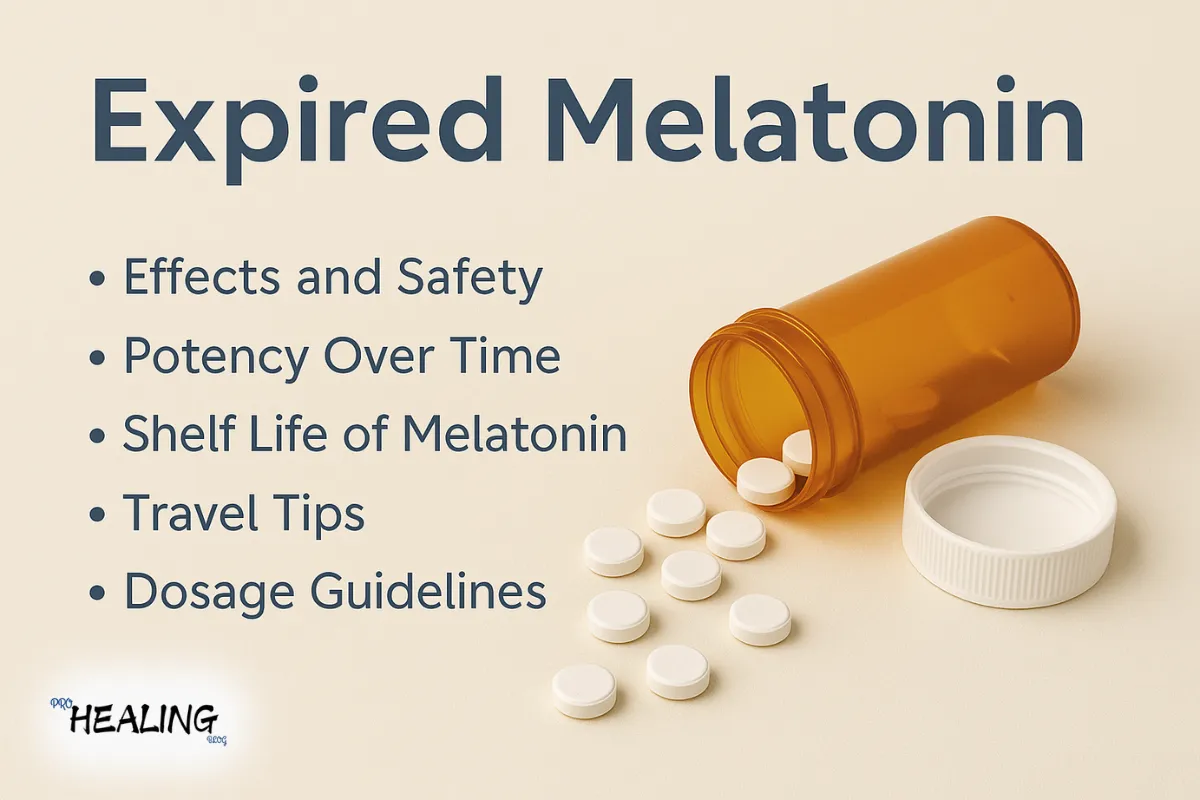Grey Turner sign is a critical symptom indicating severe health issues. It appears as bluish discoloration on the sides of the abdomen. This sign often signals internal bleeding or life-threatening conditions. Early recognition can save lives.
What Is Grey Turner Sign?
It refers to flank bruising caused by internal bleeding. It often occurs due to conditions like pancreatitis or trauma. George Grey Turner first described it in 1920. Today, it helps doctors diagnose severe abdominal issues.
See Also: PODN : Health and Tech Impacts Explored
Causes of Grey Turner Sign
Several conditions cause:
- Acute Pancreatitis: Leads to retroperitoneal bleeding.
- Abdominal Trauma: Damages organs and leaks blood into tissues.
- Ruptured Aneurysms: Causes sudden and severe bleeding.
- Ectopic Pregnancy Ruptures: Affects women with undiagnosed pregnancies.
- Clotting Disorders: Prevent proper blood coagulation.
Symptoms Associated
Patients may also experience:
- Severe abdominal pain.
- Nausea or vomiting.
- Low blood pressure.
- Dizziness or confusion.
- Rapid heart rate or fever.
These symptoms often signal emergencies.
Diagnosing Grey Turner Sign
Doctors spot GTS during physical exams. They confirm the cause with tests like CT scans, blood work, or ultrasounds. Early diagnosis is essential to prevent complications.
Grey Turner Sign by the Numbers
- 10% of pancreatitis cases show Grey Turner or Cullen signs.
- 20% mortality rate occurs in untreated cases of severe pancreatitis.
- Trauma-related internal bleeding affects about 2% of abdominal injury patients.
These statistics emphasize the urgency of identifying and treating this sign.
See Also: Low Sodium Cancer Symptoms: Health Impacts and Awareness
Treatment for Grey Turner Sign Causes
Treatments focus on addressing the root cause:
- Acute Pancreatitis: Fasting, IV fluids, and pain relief.
- Trauma Injuries: Emergency surgery to stop bleeding.
- Ruptured Aneurysms: Immediate vascular repair.
- Supportive Care: Includes oxygen therapy and blood transfusions.
Prompt medical care prevents life-threatening complications.
Prevention and Risk Reduction
While you can’t prevent this sign, you can reduce risks:
- Avoid excessive alcohol to prevent pancreatitis.
- Wear seatbelts to reduce trauma injuries.
- Monitor blood pressure to prevent aneurysms.
- Seek medical attention for persistent abdominal pain.
These steps lower the chances of developing severe conditions.
Conclusion
GTS is a vital diagnostic clue for severe conditions like pancreatitis or trauma. Recognizing it early ensures timely medical care. Understanding its causes and symptoms empowers patients and caregivers to act quickly, saving lives.
See Also: Why Might High-Protein Feeds Be More Beneficial for Broiler Chickens?
FAQs
What is Grey Turner sign?
It is flank bruising that often indicates internal bleeding.
What causes Grey Turner sign?
It is caused by conditions like pancreatitis, trauma, aneurysms, or clotting disorders.
Is Grey Turner sign dangerous?
Yes, it usually signals severe and potentially life-threatening conditions.
How do doctors treat Grey Turner sign?
Treatment depends on the cause and may involve surgery, IV fluids, or medication.
Can Grey Turner sign be prevented?
You can’t prevent the sign itself, but managing risk factors like alcohol use and blood pressure can help.
What’s the difference between Grey Turner and Cullen signs?
It affects the flanks, while Cullen sign appears around the belly button.






